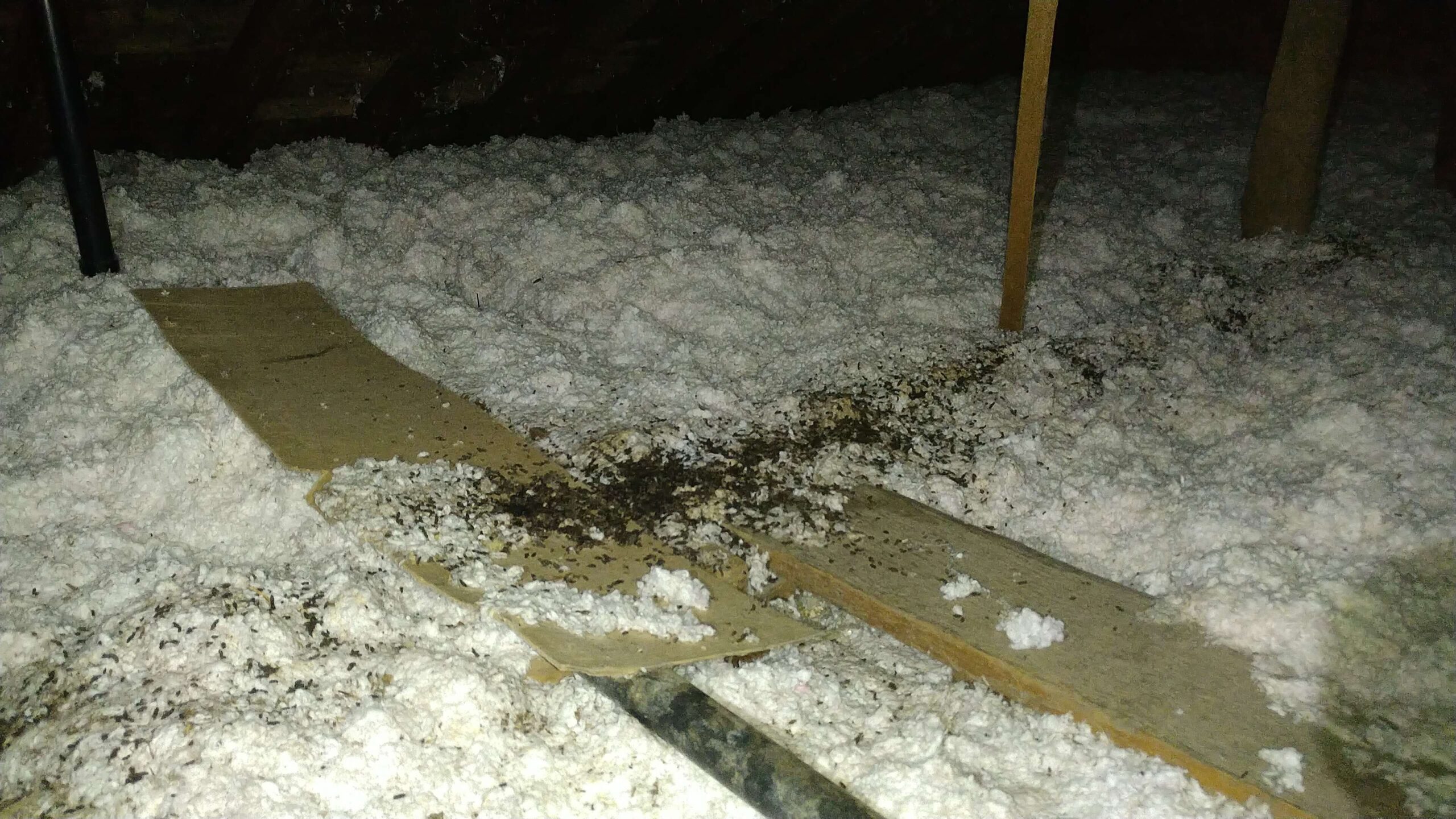A Stealth Arrival
The big and little brown bats and the long-eared myotis are common in human environments and frequently find their way into people’s homes. Bats are nocturnal, and they also prefer to avoid confrontations with animals that may do them harm, humans included. When these animals seek out a new place to roost, they do it under the cover of darkness. They are small, dark in colour and relatively quiet, which means that they can slip in unnoticed. People can go a long time completely unaware of the presence of a colony residing in the upper reaches of their homes!A Hidden Danger
The longer a colony resides in an attic, the bigger the problem becomes. People usually associate bats with rabies. While it is true that they carry the disease, transmission to humans or their pets is rare. Even when they are sick, bats are not inclined to attack. Bites typically only occur when people or pets make the first move on the animal. If they feel threatened or scared, they do what most animals do and try to protect themselves. Their presence in the attic does pose some hidden dangers, and many of them originate from the accumulation of bat guano and urine. The three biggest issues are:- Structural damage: A bat colony in the attic results in the accumulation of a lot of bat excrement. Over time, these can seep into and ruin floors, walls and insulation. If it gets bad enough, the substances can soak all the way through to the ceiling.
- Disease transmission: Rabies is not the only disease these animals spread. Bats carry other pathogens that have the potential to cause illness, including Ebola, severe acute respiratory syndrome and histoplasmosis. Histoplasmosis is transmitted through bat droppings and presents the greatest threat from bat colonies in our region.
- Insect infestation: Bats host a pesky little insect called the bat mite. These mites are often mistaken for bed bugs. Once they make their way into people’s living quarters, they feast on the blood of human occupants. As long as the bats remain in residents, the creatures will continue to invade, even after the home is treated.



